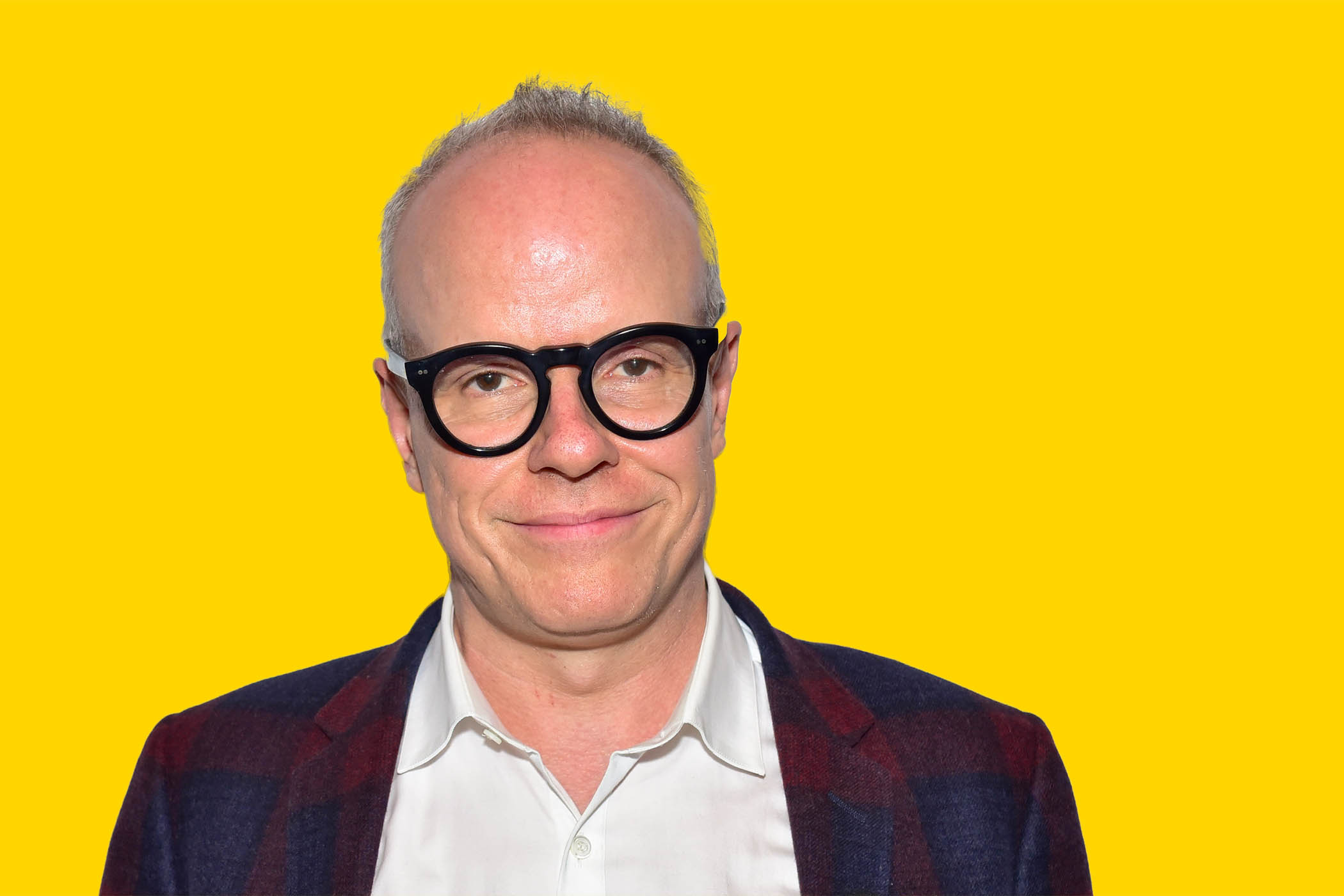The art curator and critic Hans Ulrich Obrist was born in Switzerland in 1968. He worked as a curator in Vienna, Bern and Paris before moving to London, where he has been a director at the Serpentine gallery since 2005. In 2009 and 2016, he topped the ArtReview Power 100 list, and in 2014 he curated the Swiss pavilion at the Venice architecture biennale. Obrist’s new memoir, Life in Progress explores the role of the artist in times of change. He’ll be in conversation with Sook-Kyung Lee at the Manchester Literature festival, which is run in partnership with The Observer, on 11 October.
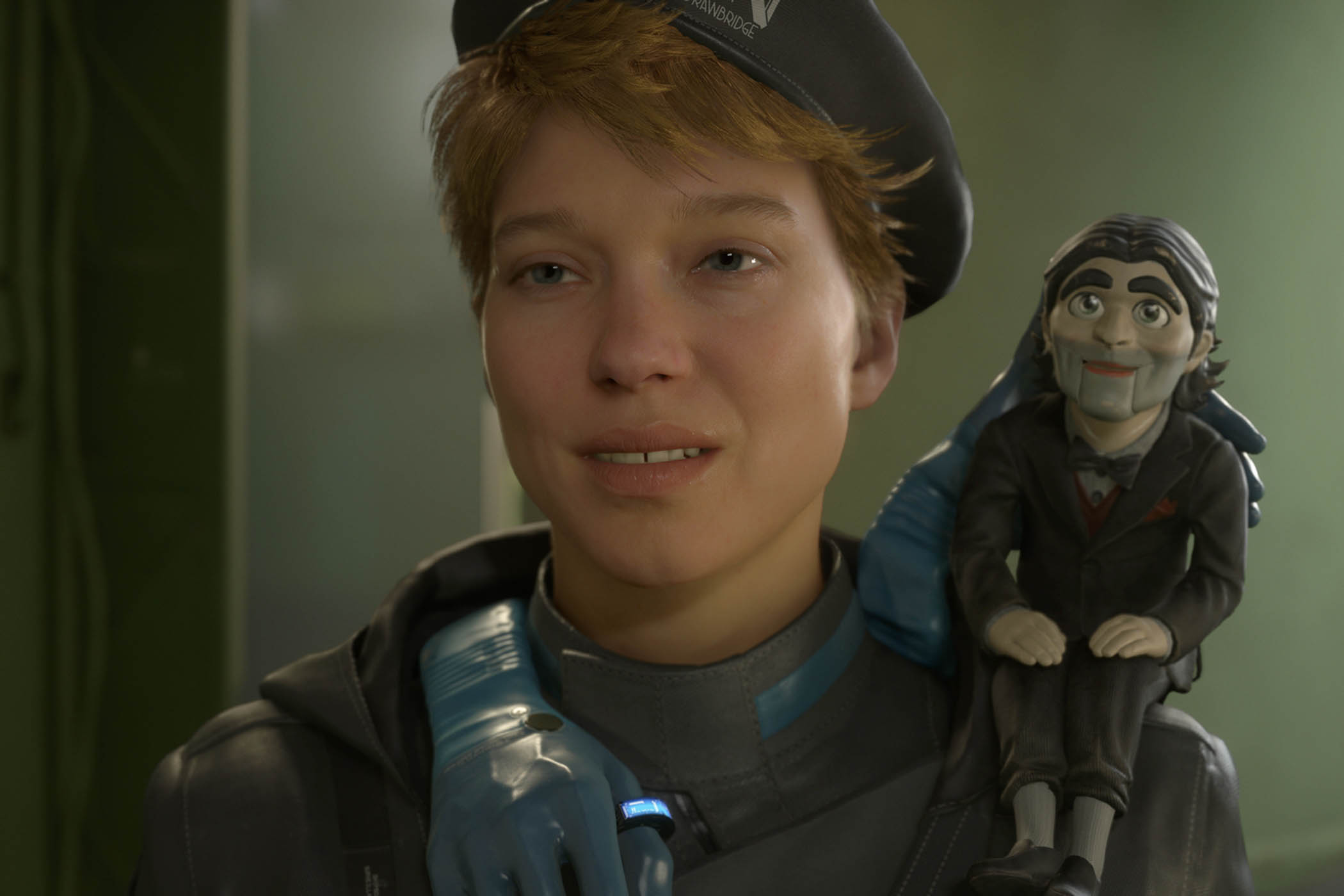
Video game
Death Stranding 2: On the Beach
I didn’t grow up with video games but in recent years I’ve been playing them more and more. Hideo Kojima is really the great genius in this field and the London launch of this long-awaited follow-up game [which features actress Léa Seydoux, pictured] was one of my favourite events of the year. The sequel really expands the gameplay system and the story – a journey to create connections in a broken world – is incredible. Kojima is obviously very interested in music, literature and movies. The game is both radically experimental and mainstream, which I find so interesting.
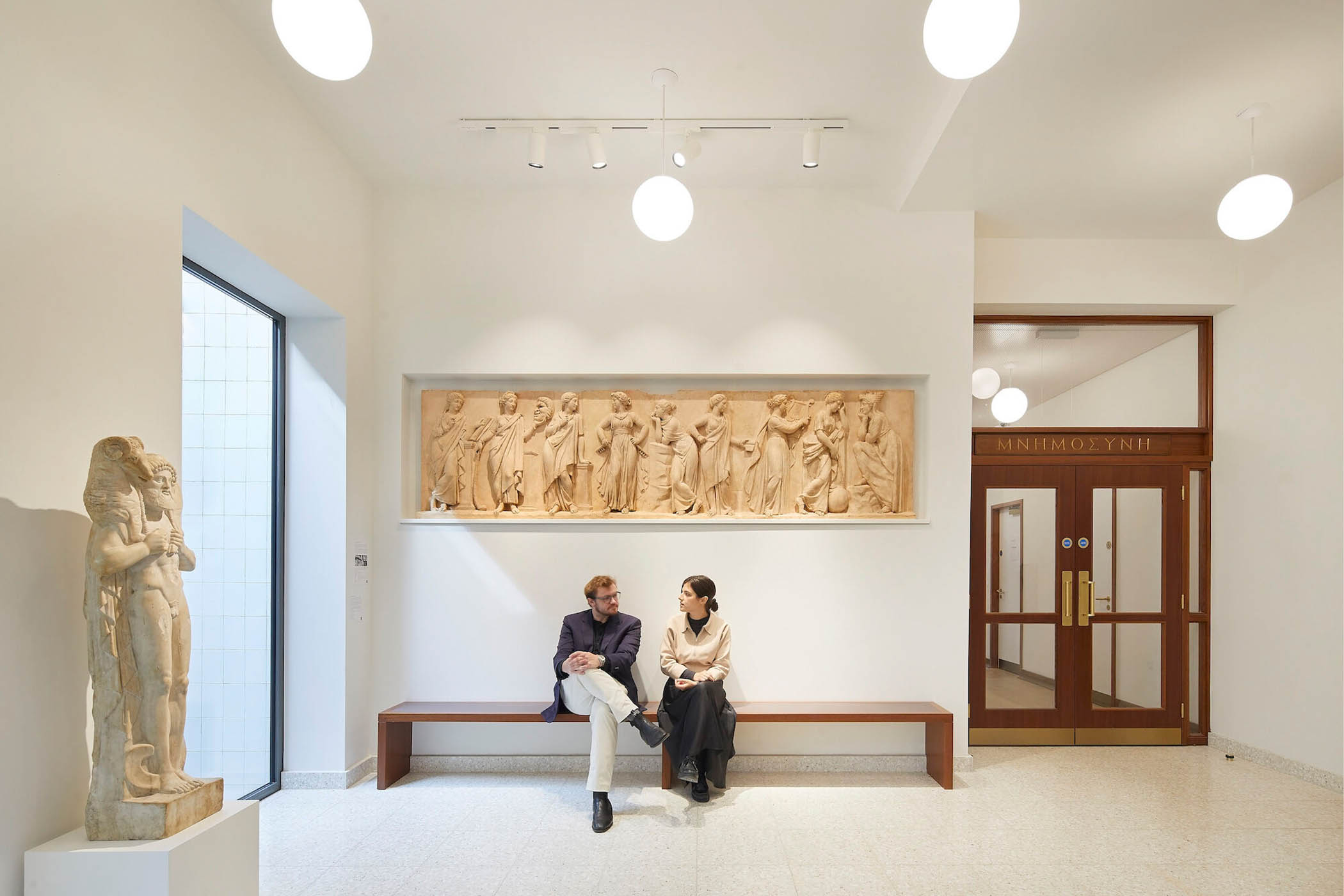
Museum
The Warburg Institute, London WC1
The Warburg Institute in London is a truly magical place. It houses the archive of art historian Aby Warburg, whose work I encountered as a teenager – he may be the reason why I became a curator. His collection was brought from Hamburg to London during the second world war to save it from the Nazis. The institute has just been renovated, with a wonderful new lecture theatre and state-of-the-art technology. It’s a great place, which a lot of people in London may not know about. It’s so exciting to discover.
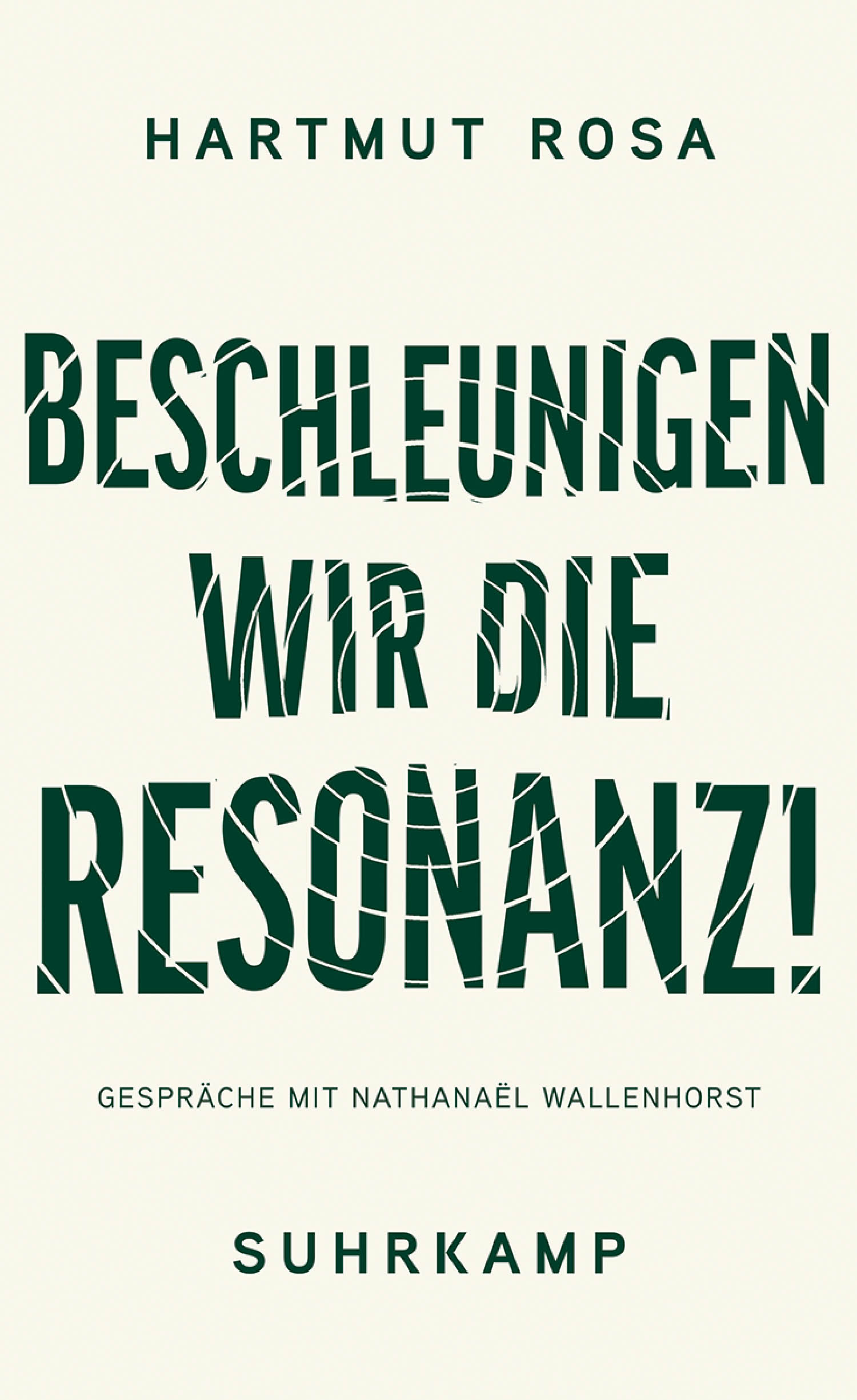
Book
Beschleunigen wir die Resonanz! by Hartmut Rosa
This is a really important and beautiful book published last year in Germany and France; hopefully it will be translated into English soon. It’s about the idea of creating a new relationship with the world that is more responsive, so that humans and non-humans aren’t opposed but work together. I like the optimism in it. Rosa believes that the better world is possible if we learn to be more attentive, and I think that’s what art can help us do: to perceive the world in new and different ways.
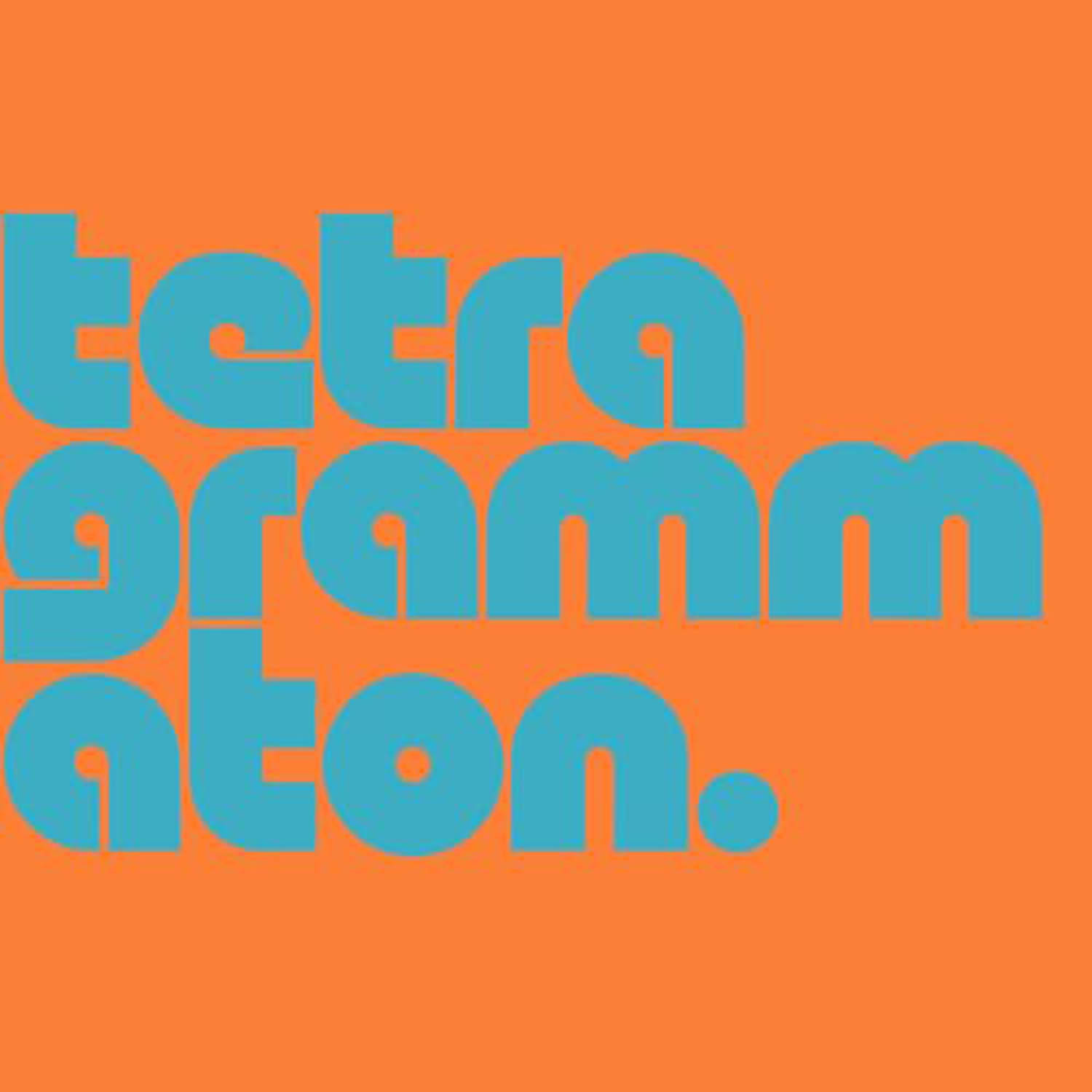
Podcast
Rick Rubin’s Tetragrammaton
I’ve been listening to this podcast a lot while exercising and I think it’s fascinating, particularly the recent episodes with Ian Rogers, a technology and business executive who created early music websites in the 1990s and was very involved with hip hop, as Rick Rubin was. There is a great episode with Ed Ruscha and a very inspiring one with Es Devlin, the stage designer and artist who brings all sorts of worlds together. Rubin’s interview style is very gentle and calm. He makes his interviewees incredibly comfortable and they say things they might not say in other interviews.
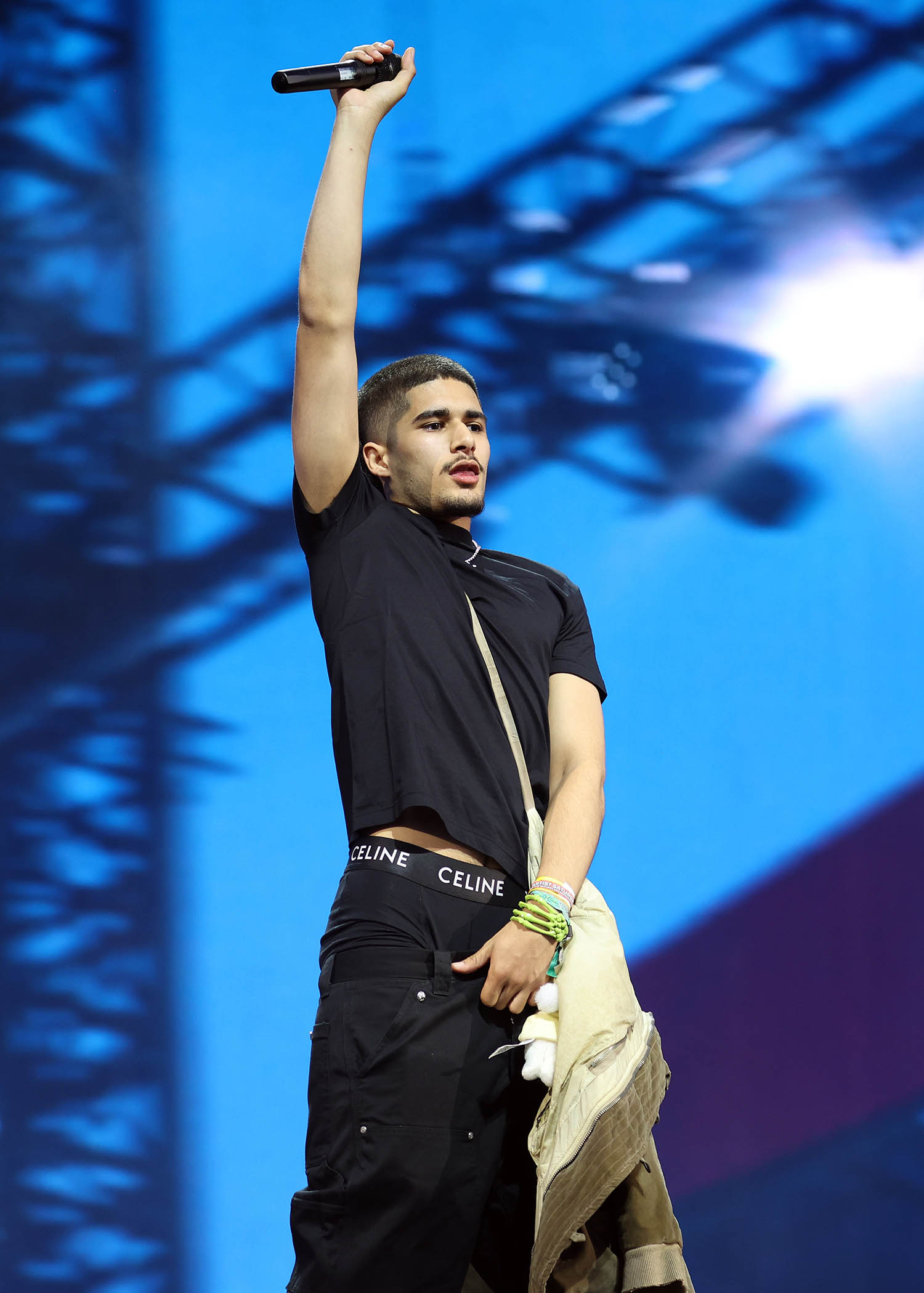
Music
Fakemink
For my work, I visit a lot of artist’s studios, and on a recent trip to New York, many artists I met were listening to Fakemink. He’s a young English rapper and producer who released his first album a couple of years ago and is very present in the hip-hop scene. His music has an amazing energy. It’s hard to categorise, though he’s been inspired by artists like Dean Blunt and Drake. He has a new album coming out early next year and I’m really excited to hear it.
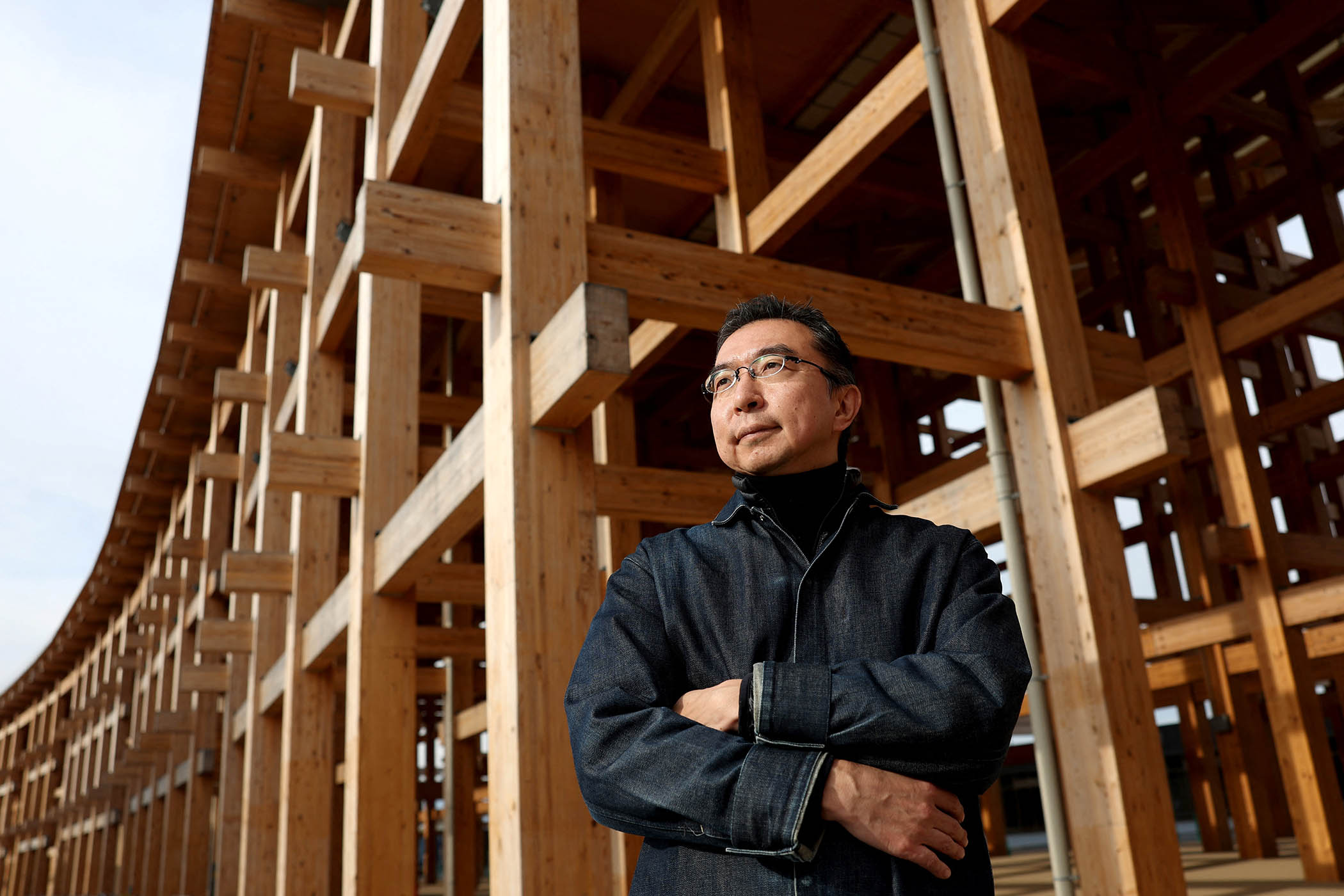
Architecture
Sou Fujimoto’s Grand Ring at Expo 2025 in Osaka
For this year’s Osaka Expo [until 13 October], the Japanese architect Sou Fujimoto has created a huge ring out of wood encompassing about 60,000 sq m – it’s the world’s largest wooden architectural structure. You can shelter underneath it or walk around the top; every evening, people gather there to watch the sunset. Inside, there are all the national pavilions – the Better Co-Being pavilion created by the architecture group Sanaa is particularly magical. It will be interesting to see how Fujimoto’s ring is used in future.
Photographs by Sean Zanni/Patrick McMullan via Getty Images, Hufton + Crow Photography, Kojima Productions, Simone Joyner/Getty Images, Paul Miller/AFP via Getty Images
